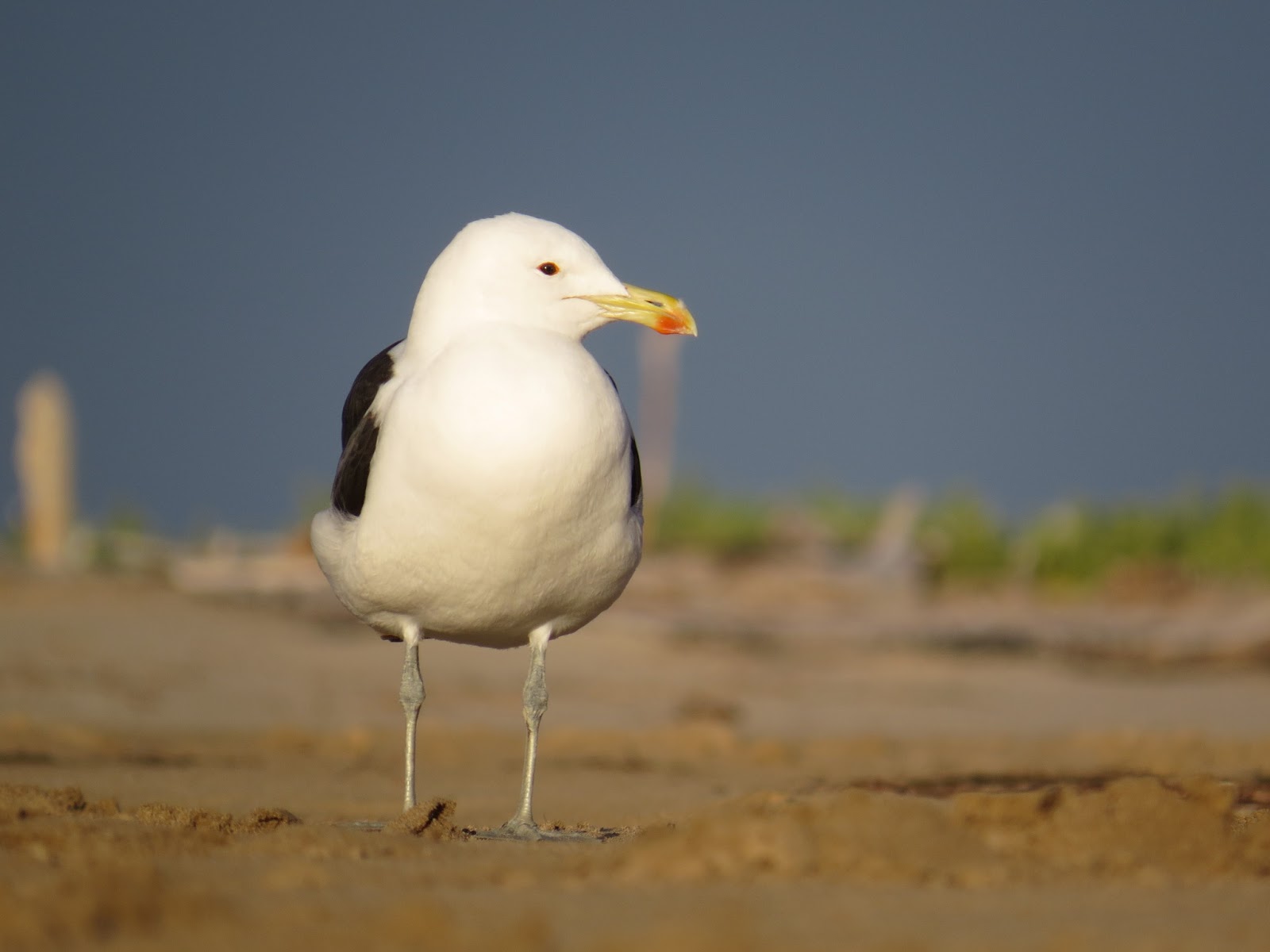A return trip to Radical Raptors yielded a lifer for me, a Black-chested
Snake Eagle. Dennis had been rehabilitating this bird, which was almost ready
for release, and asked Mark to come and ring it. Mark was kind enough to share
the love and so one morning Mark, Cindy, Shane and I headed to Radical Raptors
to ring the bird. Shane had the honour of ringing the juvenile bird as Mark has
already ringed one of this species. A relatively swift and simple ringing and
series of measurements, albeit with some blood drawn – bird 1 human 0, and the
deed was done. Mark and Cindy headed off to work and Shane and I spent some
time looking at the birds and chatting to Dennis. A special treat was to see
BJ, the Cape Vulture, having his breakfast. Since being in captivity, and
specifically being fed by Dennis, he has developed a tendency to beg, like a
little baby bird! It is a most curious thing to see this big bird tuck his long
neck back into his body, spread his wings and flutter them around while making
croaking noises. And how he runs, a skipping hop which entertained me no end! A
ringing job well done was rewarded with coffee and a chocolate brownie at the
local café next to radical raptors, ah yeah!
 |
| Ringing the bird. |
 |
| Beautiful eyes but vicious bite! |
 |
| Weighing the bird. |
 |
| Ringed and ready for release another day. |
 |
| I don't knows you.. |
 |
| Black-shouldered Kite. |
 |
| Rock Kestrel. |
 |
| Food, food, food! |
 |
| Pleeaase give me food! |





































